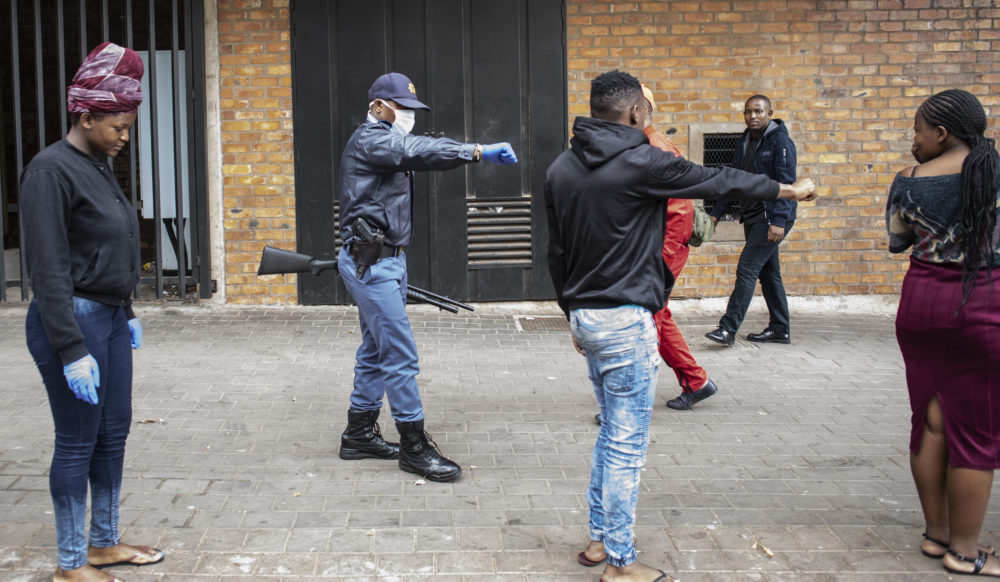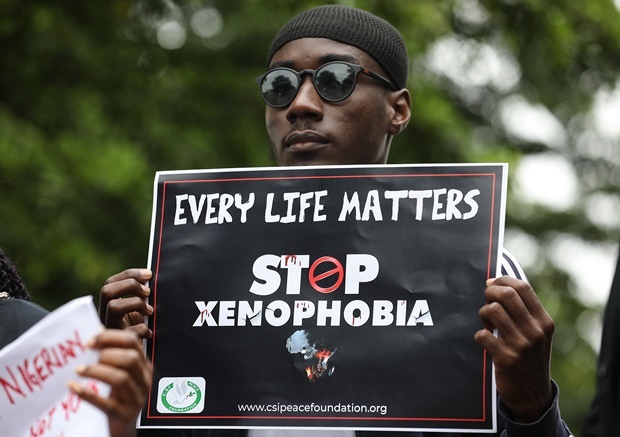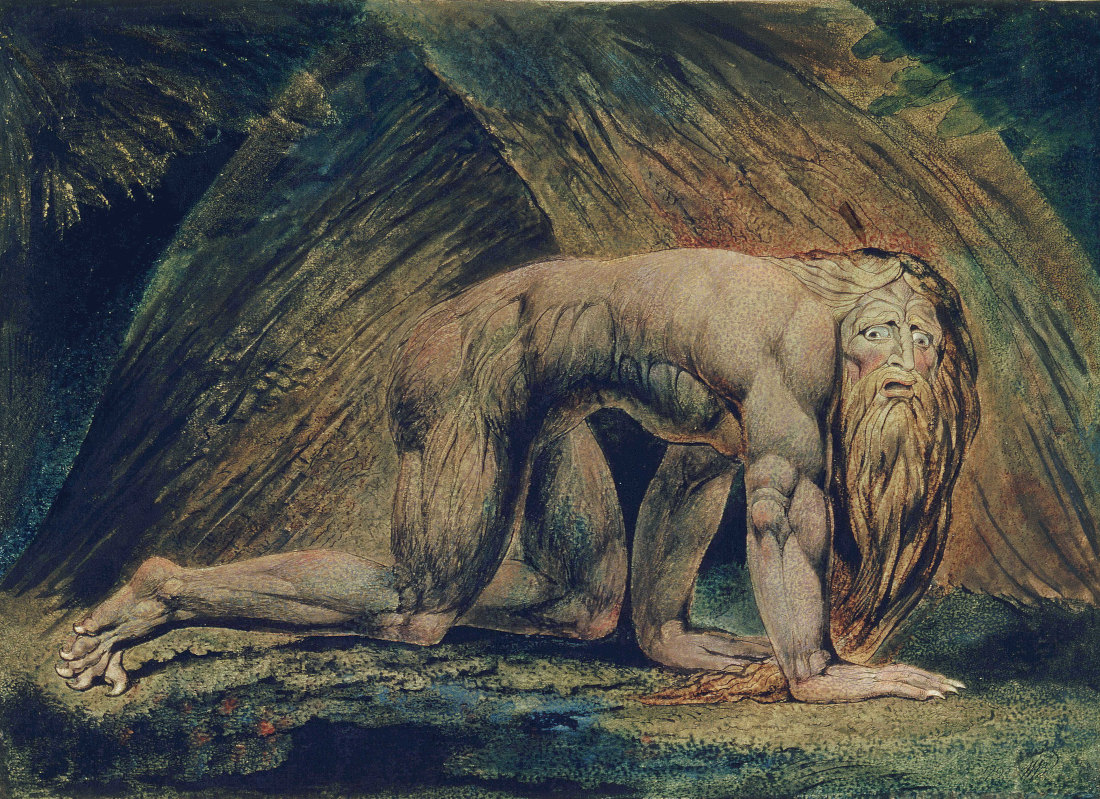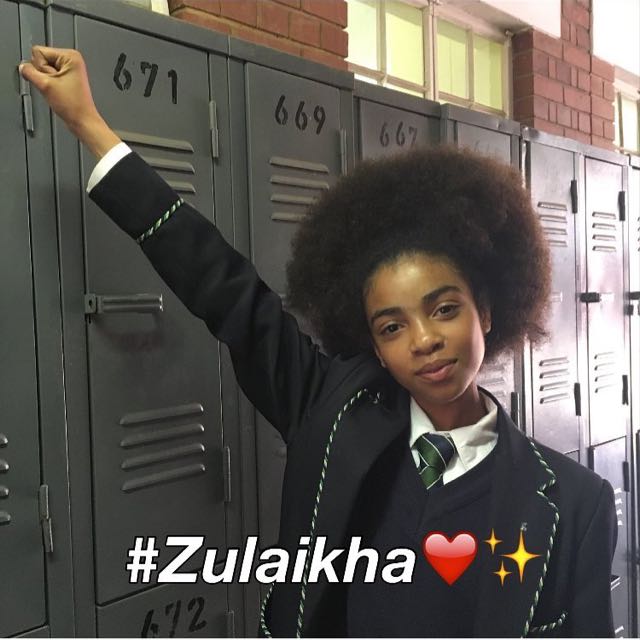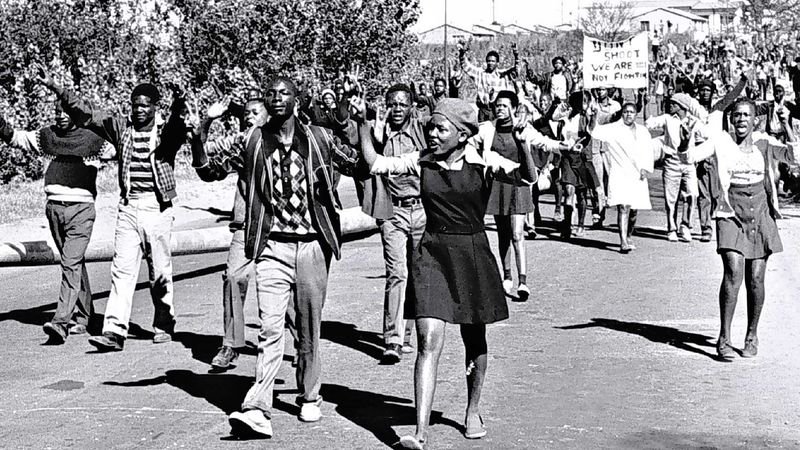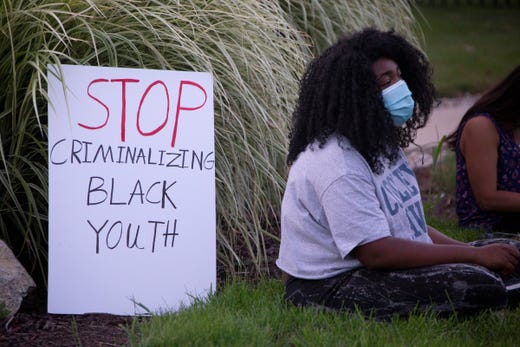
In the past three days, a Black 15-year-old girl student was finally released from juvenile detention in Michigan. She had been incarcerated for 78 days for the crime of not having completed her homework. At the same time, a 7-year-old Black girl student in Jamaica was informed by the High Court that when, as a 5-year-old, she was told to cut her dreadlocks or be forced to leave school, her Constitutional rights had not been violated. At the same time, England’s Department of Education reported that, in many regions, Black students face three times as many fixed term exclusions as do White students. Girls are particularly targeted for their hair, or at least that’s the official reason. This is the world of Black Girl Education today, a world that believes that Black girls pose a particular danger to themselves and, even more, to `the world’.
In Michigan, a Black 15-year-old girl student known as Grace was sent to juvenile detention for having violated probation. Her `violation’ was not having completed her online school assignments. According to her mother, when Grace’s school went online, Grace had trouble keeping up. The Judge decided that Grace’s difficulty, as well as her learning disabilities and other issues, constituted a threat to the community, and so sent her to juvenile detention, where she would “thrive” and the community would be saved. This all happened in the Oakland County court. Over the last four years, the Oakland County Court adjudicated around 4800 juvenile cases, of which 42% concerned Black youths. 15% of Oakland County youth are Black. After a major campaign, Grace has been `released’ to home detention.
For Black girls, the assault on their integrity is even more intense. Four years ago, girls were being forced into the juvenile `justice’ system at an alarmingly increasing rate, largely because girls were arrested more often than boys for status offenses and were more severely punished for those offenses. Those `offenses’ are not crimes. That’s what makes them `status’ offenses. If the girls were older, there would be no offense, no crime. But they are girls, and they must be protected from themselves. This is the vicious cycle that has been constructed in exactly the same period that has witnessed girl power on the rise: “In a 2010 national census of youth in custody, girls comprised 16% of all detained youth but 40% of those were detained for a status offense. At one time and in some states, girls comprised more than 70% of youth detained for status offenses.” This is the United States’ program of no girl left behind. This is girls’ education in the United States, and, in the past four years, the situation for Black and Brown girls has only grown worse. Despite activists’ great work, the school-to-prison pipeline has not only grown but is sucking in Black and Brown girls at a faster and faster rate. In that context, there’s no surprise that a judge would say that sending a young Black girl student to prison is the best thing for her, for her wellbeing and her education. Boys will be boys, and girls will be jailed, especially Black girls.
Meanwhile, on Friday, Jamaica’s high court ruled that a school was within its rights to tell a 5-year-old girl student that she must cut her dreadlocks or leave school. The girl student, identified as Z, and her parents have challenged the school for two years. Z is now 7 years old. By all accounts, she is an excellent student. By all accounts, she has not in any way prevented others around her from pursuing their education. To the contrary, she is described as an ideal student and learner who helps her fellow students. Z’s desire to learn must give way to the politics of hair, of Black girls’ hair, and that’s Constitutionally fine. Z’s parents have sworn to challenge the ruling and to continue the struggle.
Meanwhile, in many parts of England, Black students are disciplined three times as often as their White counterparts. Their offense, other than Being Black? “Black hairstyles, kissing teeth and fist-bumping.” “Black hairstyles” can send a child student, more often than not a Black girl student, into isolation or expulsion. An assistant head of school remembers a Black girl student who was told to cut her Afro because other students “couldn’t see the board … These may be small, micro things that you are doing to change yourself, but after a while it really wears you down. It’s the message that you are almost not good enough. You are having to tame your hair, tame your blackness, and it’s happening from when you are a child.”
This is happening in the same year that Ruby Williams won an out-of-court settlement of £8,500 for the abuse she suffered, for her hair, for Being Black, from the age of 11 years old on. It’s happening when you are a child, when you are a student. What is the child student learning, what is Black girl’s education in this world?
Four years ago, almost to the day, Liepollo Lebohang Pheko wrote about a similar situation in South African schools: “Black Girl – you MATTER. Your HAIR matters, your LANGUAGE matters, your CHOICES matter and your VOICE matters. In case I haven’t told you today – you are valuable, loved, precious and powerful. Speak even if your voice shakes and fight even while you are scared. I LOVE you Black Child, Black Girl, and I stand with you. You give me such hope and courage. #Racism and imperialism ARE falling #Afros and Dreadlocks are Rising.”
Four years later, from the United States to Jamaica to England and beyond, say it loud, say it proud: “Black Girl – you MATTER. Your HAIR matters, your LANGUAGE matters, your CHOICES matter and your VOICE matters.” The struggle continues.
(Photo Credit: Detroit Free Press)

